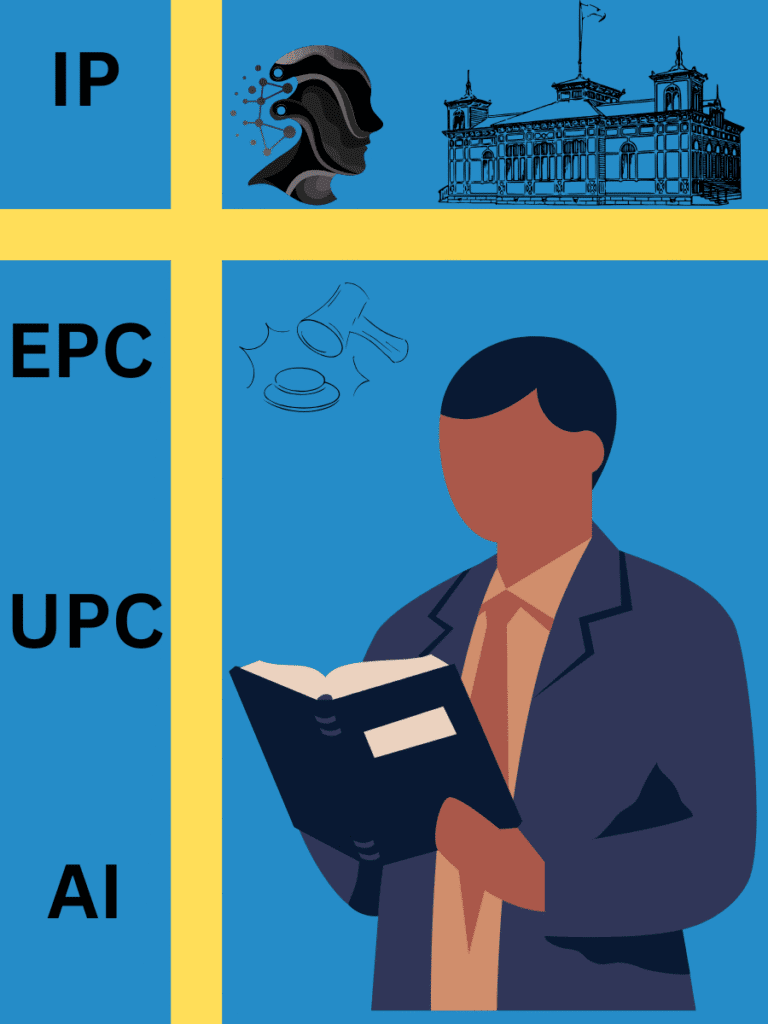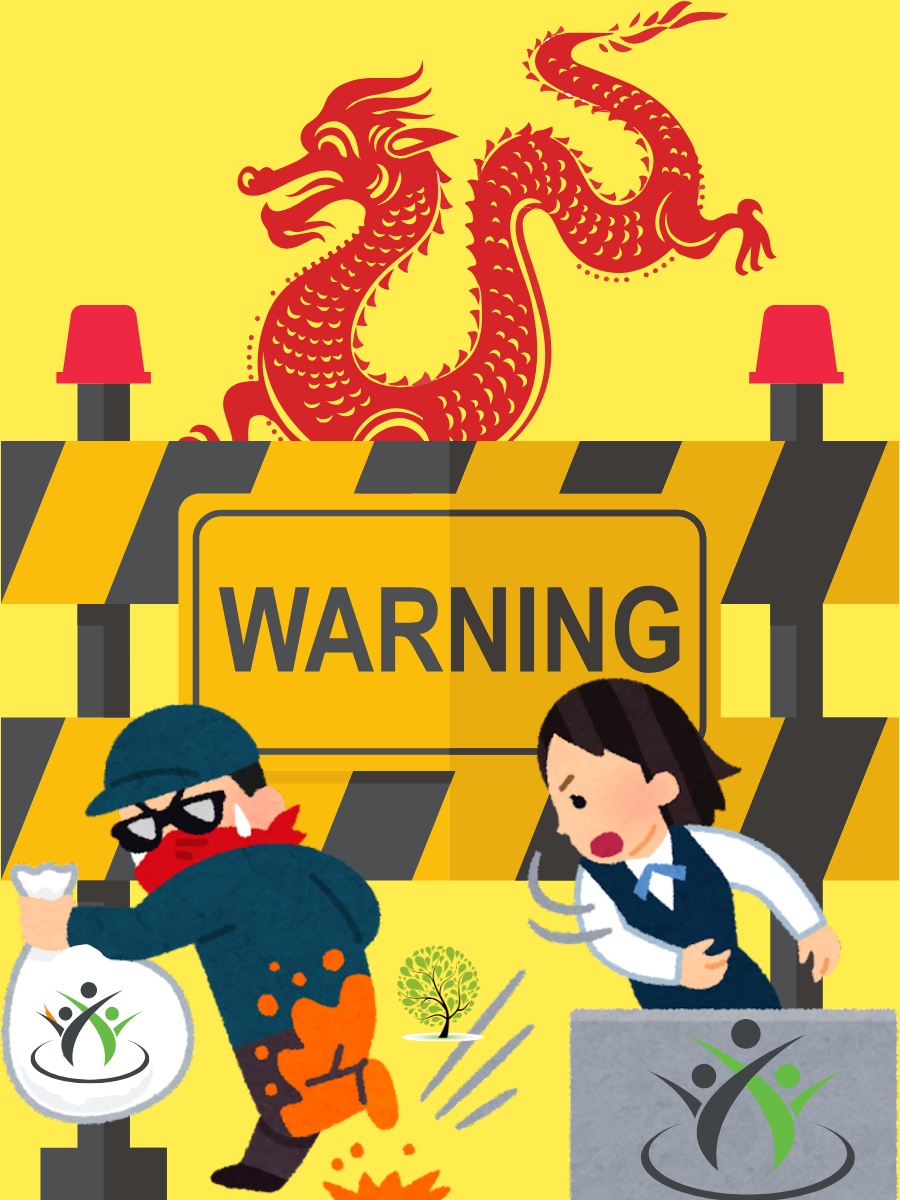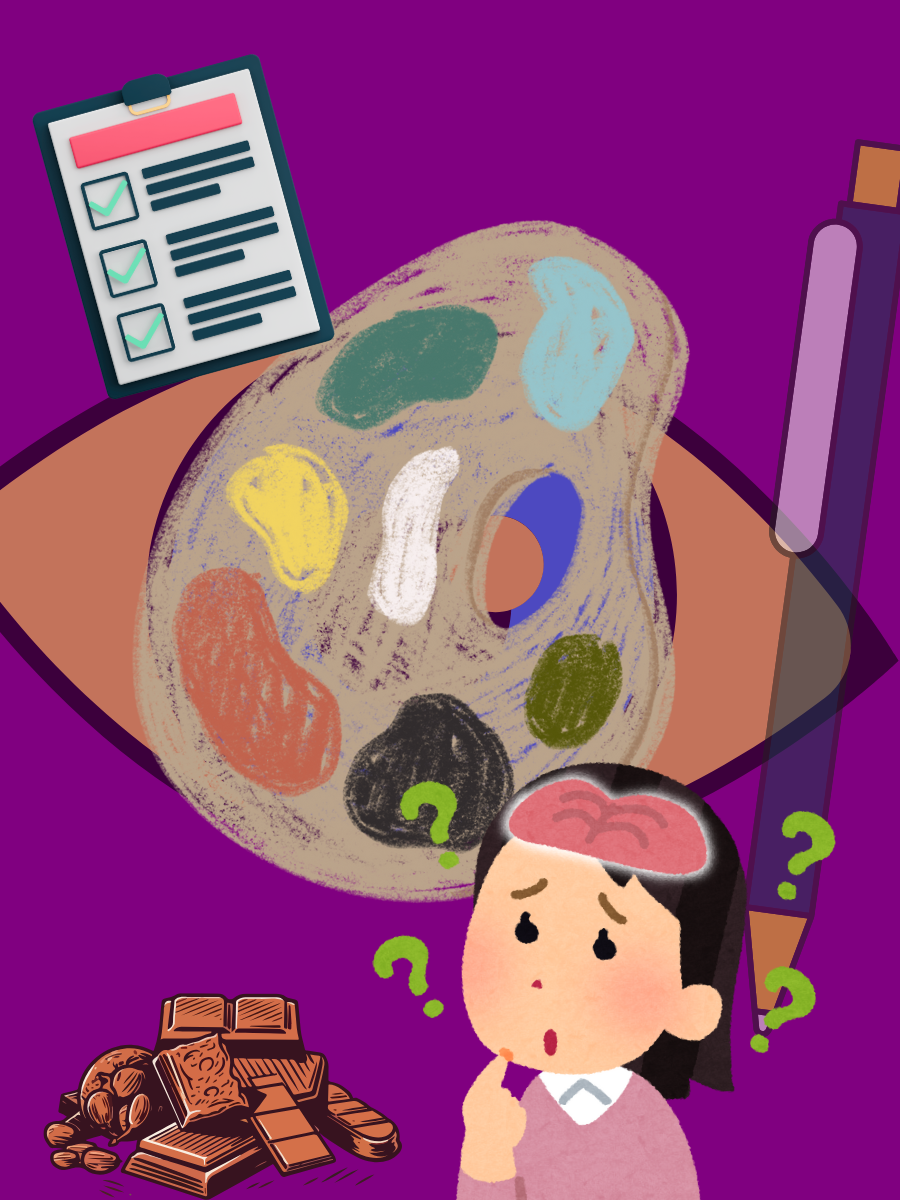Introduction
Sweden IP evolution reflects the country’s dedication to safeguarding the rights of companies, inventors, and creators through robust laws on intellectual property (IP). Over the years, these laws have changed considerably, evolving with technological developments and global trends. The nation has led advancements in trademark rules, copyright legislation, and patent protection. Sweden has emerged as a model in the field of intellectual property rights (IPR), consistently promoting creativity and ensuring legal security for innovators. This blog traces the origin, key milestones, and modern relevance of Sweden’s evolving IP framework.
Reforms during 19th-20th century
In the 19th century, Sweden’s first patent laws were recorded, which set the basis for safeguarding inventions. Encouraging invention and economic expansion, the statute gave innovators exclusive rights for a set term. Likewise, Swedish copyright legislation dates back to the 19th century. Ensuring legal protection for literary and artistic creations, the Copyright Act of 1877 was a notable turning point. These first rules showed Sweden’s dedication to protecting intellectual property and promoting innovation.
Sweden’s IP evolution has undergone significant development in the 20th century. Modernising the country’s approach to intellectual protection, the Intellectual Property Act of 1949 matched global norms. Strengthening its dedication to worldwide IP protection, Sweden also joined the Paris Convention for the Protection of Industrial Property.
Trademark laws also became more important during this time frame. The Trademark Act of 1960 simplified the registration procedure, hence guaranteeing stronger protection of brand identities and business symbols.
Effect of European Integration on Trade marks
Sweden’s IP rules were greatly affected by its 1995 membership in the European Union (EU). The nation had to harmonise its laws with EU directives and rules, therefore causing major changes in copyright, trademark, and patent laws. In this approach, the key developments included the harmonisation of copyright laws and the application of the EU trademark regulation.
Sweden also joined the European Patent Convention (EPC), therefore enabling a more streamlined patent application process. This integration lets Swedish inventors protect themselves not only in Sweden but also throughout the European Union.
Modern Digital Challenges and IP Laws
Sweden has changed its IP laws in the 21st century to handle developing issues and digital technologies. Constant legislative changes were required due to the growth of digital material distribution, internet piracy and artificial intelligence.
The Swedish Copyright Act has been changed several times, which has helped in dealing with digital piracy and safeguarding online material. The execution of the EU’s Digital Single Market Directives has strengthened even more the rights of digital content producers, which seek to improve consumer access while strengthening the rights of content producers. Reforms have affected trademarks and patents to increase their efficiency. Sweden is a member of the Unified Patent Court (UPC) system, which offers a simplified procedure for patent disputes across EU member countries. Moreover, improved IP enforcement systems have been put in place to more effectively combat counterfeit items and infringement situations.
Digital issues and future thoughts
Sweden’s intellectual property protection is challenged by the digital technology evolution. Artificial intelligence (AI), blockchain and the Internet of Things (IoT), all present issues with IP ownership, enforcement, and adaptation of current regulations. Fighting digital theft is one significant challenge. By improving enforcement policies and raising fines for offenders. Sweden has bolstered its rules against online copyright violation. Stricter rules and better monitoring tools are helping to target platforms that enable the spreading of illegal information. Artificial intelligence creates yet another challenge for IP regulations. Sweden is aggressively looking at how to establish authorship and ownership rights since AI-generated material is increasingly common. Whether works produced by artificial intelligence should be protected under conventional copyright law or whether other frameworks should be formed is still hotly debated.
Sweden is also striving to strike a balance between open-access platforms, enabling illegal information to spread. AI creates yet another challenge for IP regulations. Sweden is aggressively looking at how to establish authorship and ownership rights since AI-generated material is becoming increasingly common. Whether other frameworks should be formed is still in debate. Sweden is actively striving to strike a balance between the use of open-access innovation and more robust protective procedures. The government wants to make sure that IP regulations don’t hinder innovation or restrict access to vital information while promoting cooperation in industries including medicines, technology, and creative sectors.
Laws on patents and trademarks have also been updated to fit technological developments. The Swedish Patent and Registration Office (PRV) has simplified processes to guarantee that inventors get prompt protection for their creations.
India and Sweden: IP law insights
To improve its intellectual property system, India might take some important elements from Sweden’s IP laws.
- Sweden’s simplified patent application procedure under the European Patent Convention (EPC) could enable India to improve its examination deadlines and lower patent backlog.
- Sweden’s strong enforcement policies against IP violations, including digital piracy and counterfeiting, provide India a model to follow by means of tougher fines and improved coordination among enforcement bodies.
- India can follow Sweden’s lead on digital rights management, especially in relation to online piracy and application of EU Digital Single Matket Directives like rules.
- Sweden is aggressively looking at blockchain integration into IP legislation and ownership of AI-generated content. India can create comparable systems to handle issues with developing technologies. Sweden offers significant IP support for SMEs and startups by means of incentives and streamlined processes. India can improve its efforts to make IP protection more available for small enterprises and innovators.
- Improving worldwide competitiveness would result from a closer alignment of Indian IP laws with international treaties such as WIPO and EPC, as Sweden has achieved.
These elements will help India to improve its IP system, hence promoting innovation and guaranteeing better protection for companies and creators
Conclusion
Sweden’s evolution of IP laws emphasises the country’s proactive attitude to safeguard Intellectual property. Since the 19th century to date, Sweden has always evolved in its EU rules and has adapted to technological and environmental changes. Sweden remains in front as digital developments continue to change the worldwide IP system, and it makes sure its rules safeguard creators and promote a culture of invention and creativity. Sweden’s dedication to improving its IP laws will be more important going ahead in handling future issues and preserving its leadership in intellectual property protection.
References
- Swedish Patent and Registration Office (PRV) – https://www.prv.se/sv/
- Swedish Copyright Act – https://www.riksdagen.se/sv/
- European Patent Convention (EPC) –https://www.epo.org/en
- Digital Single Market Directive (EU) – https://www.epo.org/en
- World Intellectual Property Rights Organisation- https://www.wipo.int/portal/en/index.html
- Unified Patent Court – https://www.unified-patent-court.org/en







